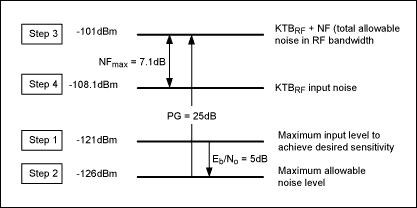andrishev
Member level 1
satcom uav mbps loss caculation
I wanna know if i can design an rf communication system at Ku band 12 to 14GHz
what will be the specification of my receiver transmitter.
How can i make a link budget analysis
what topologies i must use?
are spectrum analyser,network anlayser and signal generator enough for testing such a design
Can i use @ds for such a dsign?
i am a new rf engineer and i wanna design such a system but first i must gain experience
Can you help?
I have many questions and not clear about designing such systems.
:!::!::?::idea::idea::idea
Added after 2 minutes:
Also
data rate 45Mbps/10 MBps
distance >LOS< 200km
ground antenna directional
Unmanned air vechile antenna directional
Spread spectrum
I wanna know if i can design an rf communication system at Ku band 12 to 14GHz
what will be the specification of my receiver transmitter.
How can i make a link budget analysis
what topologies i must use?
are spectrum analyser,network anlayser and signal generator enough for testing such a design
Can i use @ds for such a dsign?
i am a new rf engineer and i wanna design such a system but first i must gain experience
Can you help?
I have many questions and not clear about designing such systems.
:!::!::?::idea::idea::idea
Added after 2 minutes:
Also
data rate 45Mbps/10 MBps
distance >LOS< 200km
ground antenna directional
Unmanned air vechile antenna directional
Spread spectrum
